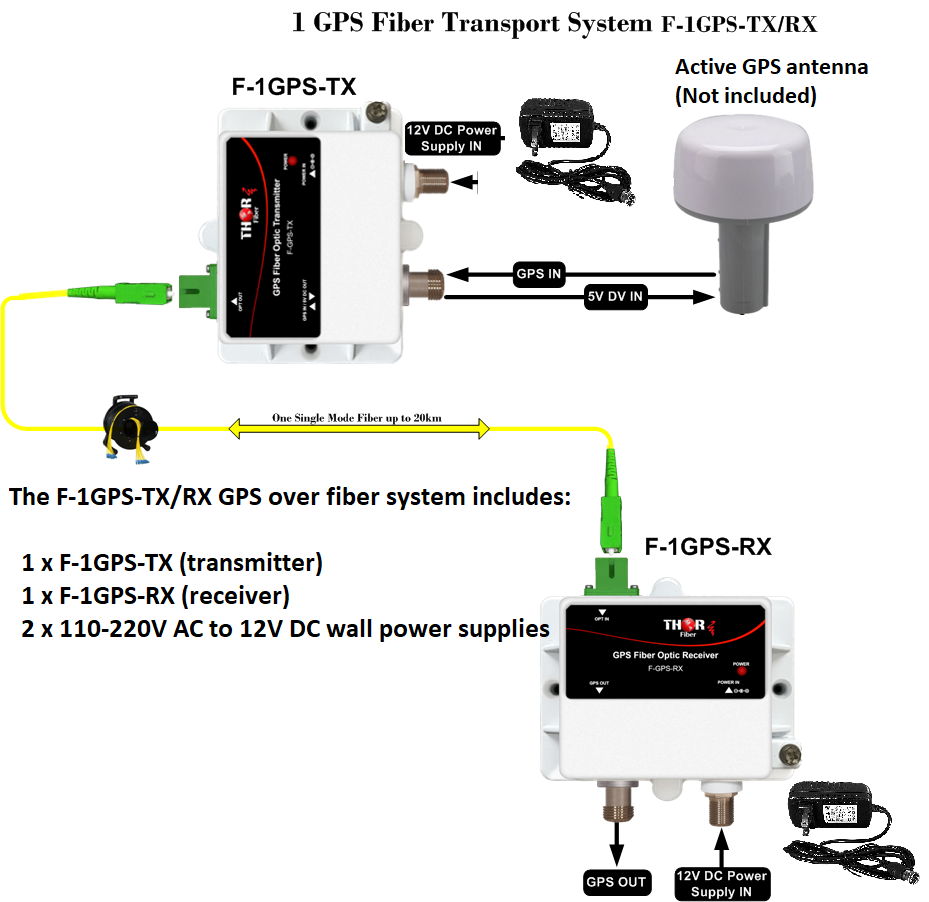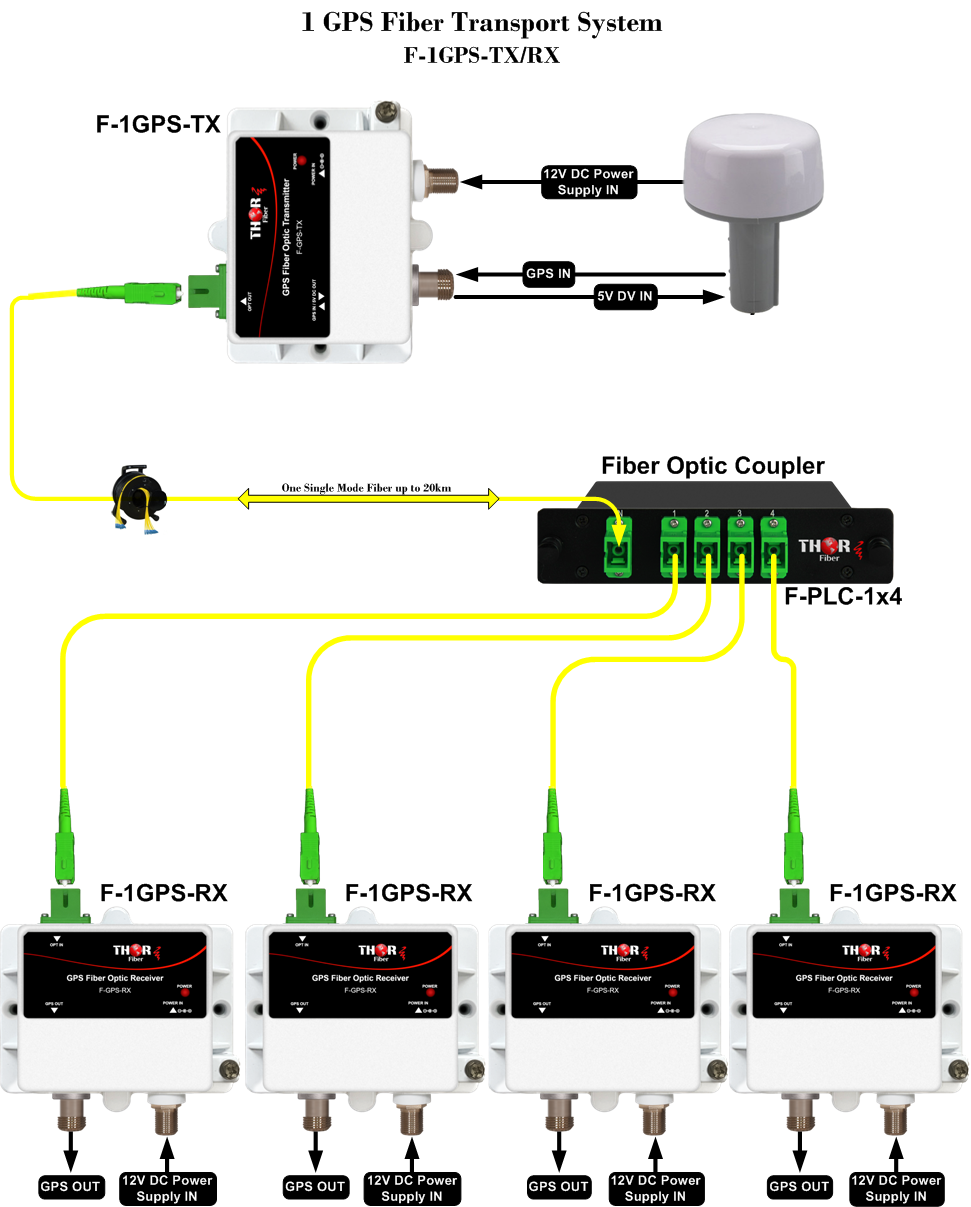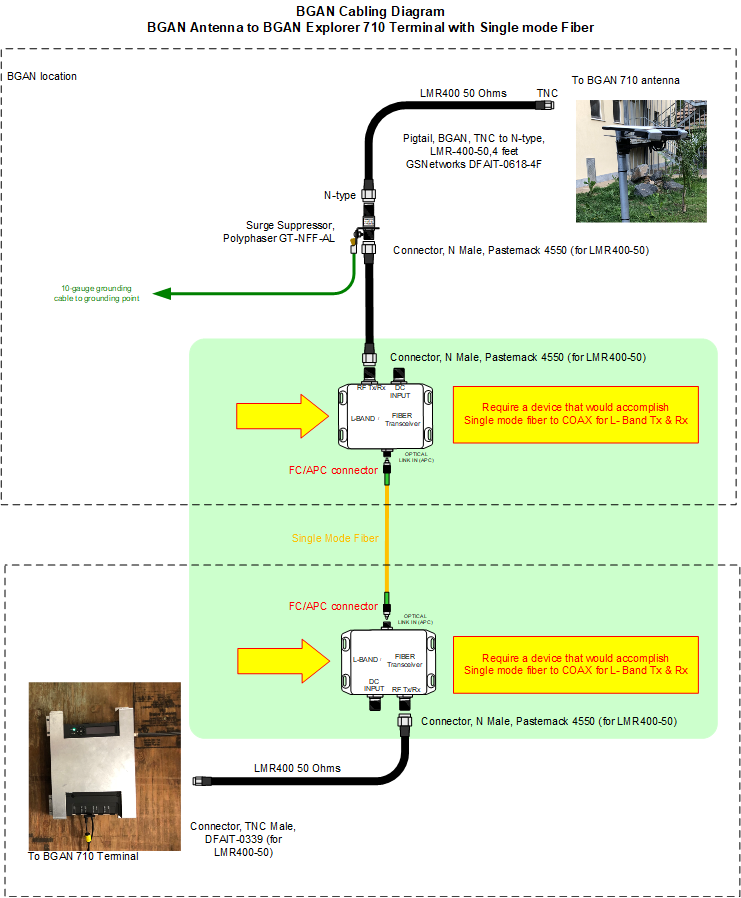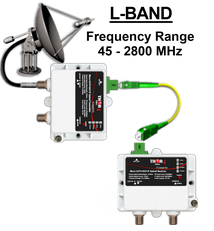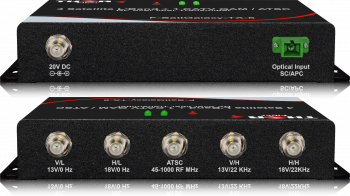GPS (Global Positioning System) is a satellite-based navigation system that allows users to determine their precise location, speed, and time anywhere on Earth. GPS signals are transmitted from a network of satellites orbiting the Earth, and can be received by GPS receivers on the ground or in aircraft, ships, and other vehicles.
GPS frequencies are within the L-band range of the radio frequency spectrum, specifically within the 1575.42 MHz frequency band. These signals are very weak, with an average power of just -160 dBm (decibel-milliwatts), and are susceptible to interference and signal loss over long distances.
To send GPS signals over fiber optic cables, a GPS modulator and a fiber optic transmitter are used. The GPS modulator converts the GPS signals into a format that can be transmitted over fiber optic cables, while the fiber optic transmitter sends the signals over the fiber optic cables to the desired location.
There are several types of fiber optic transmitters that can be used to send GPS signals over fiber, including both analog and digital transmitters. The choice of transmitter will depend on the specific requirements of the application, including the distance that the signal needs to be transmitted, the type of fiber optic cable being used, and the data rate of the signal.
It is also important to note that GPS signals are susceptible to interference and signal loss over long distances, so it may be necessary to use amplifiers or repeaters to boost the signal along the way. This is particularly important when transmitting GPS signals over long distances, as the signals can become degraded due to factors such as atmospheric conditions and other sources of interference.
In addition to being used for navigation and location-based services, GPS signals are also used in a wide range of applications, including surveying, mapping, timing, and scientific research. The ability to transmit GPS signals over fiber optic cables enables a wide range of possibilities for these applications, including the ability to transmit GPS signals to remote locations that may not be accessible by other means.
Fiber optic cables are a reliable and efficient means of transmitting GPS signals over long distances. They offer several advantages over traditional copper cables, including higher bandwidth, higher data rates, and immunity to electromagnetic interference. They are also more resistant to physical damage and are less susceptible to corrosion.
To transmit GPS signals over fiber optic cables, the signals must be converted into a format that is compatible with fiber optic transmission. This is typically done using a GPS modulator, which converts the GPS signals into an optical format that can be transmitted over fiber optic cables.
There are several types of GPS modulators available, including both analog and digital modulators. Analog modulators use continuous wave (CW) lasers to transmit the GPS signals, while digital modulators use pulse-code modulation (PCM) to transmit the signals in digital form. The choice of modulator will depend on the specific requirements of the application, including the distance that the signal needs to be transmitted and the data rate of the signal.
Once the GPS signals have been modulated, they can be transmitted over fiber optic cables using a fiber optic transmitter. There are several types of fiber optic transmitters available, including both analog and digital transmitters. The choice of transmitter will depend on the specific requirements of the application, including the distance that the signal needs to be transmitted, the type of fiber optic cable being used, and the data rate of the signal.
It is also important to note that GPS signals are susceptible to interference and signal loss over long distances, so it may be necessary to use amplifiers or repeaters to boost the signal along the way. This is particularly important when transmitting GPS signals over long distances, as the signals can become degraded due to factors such

 EN
EN










